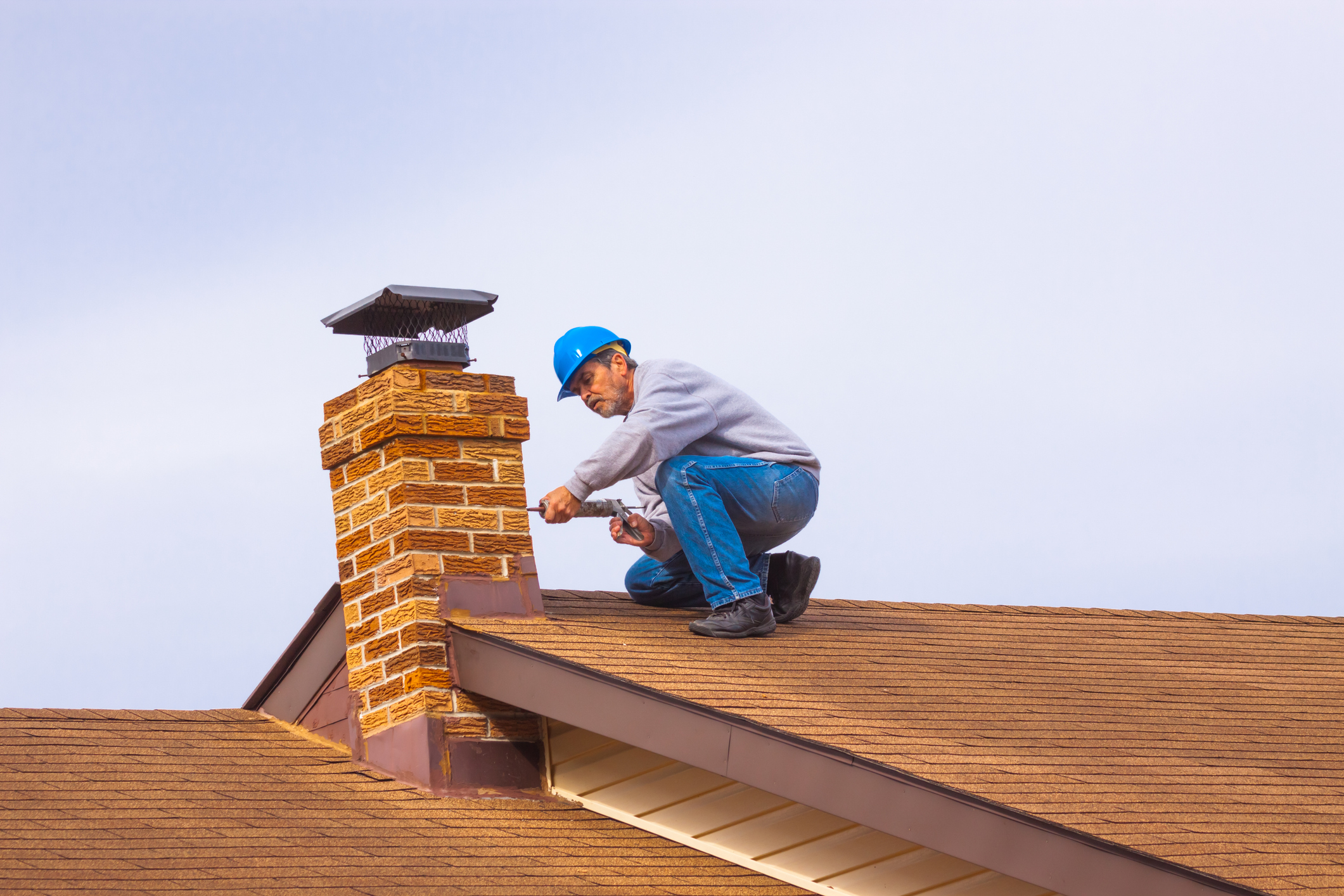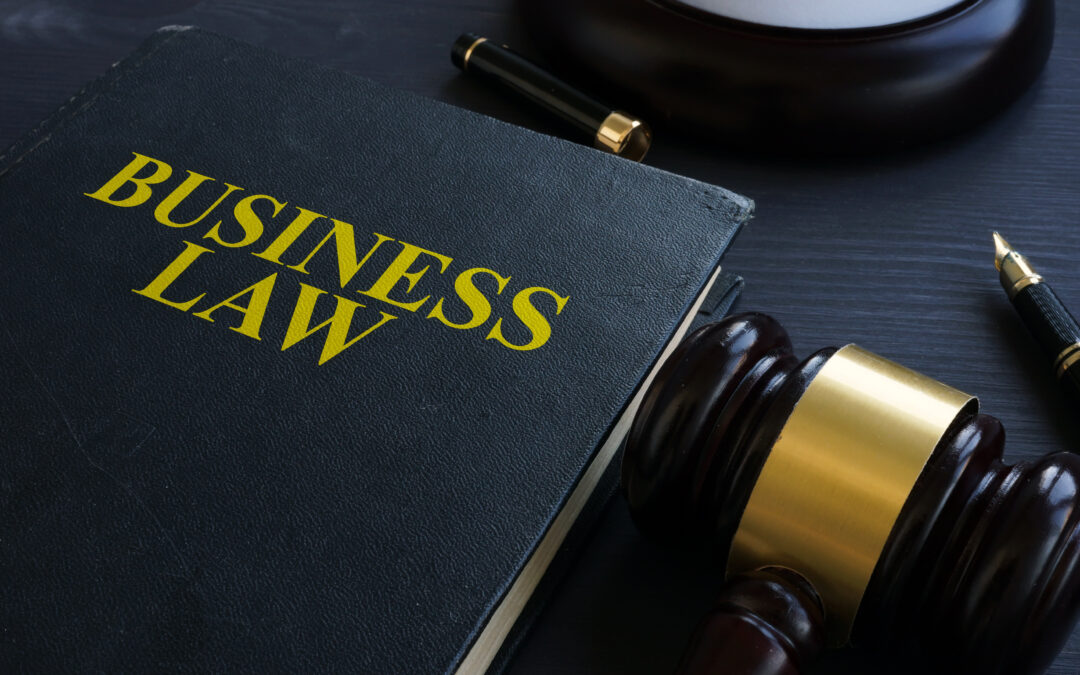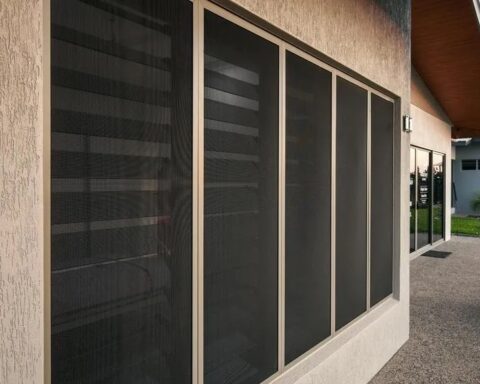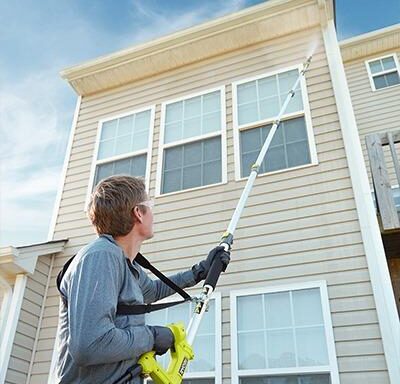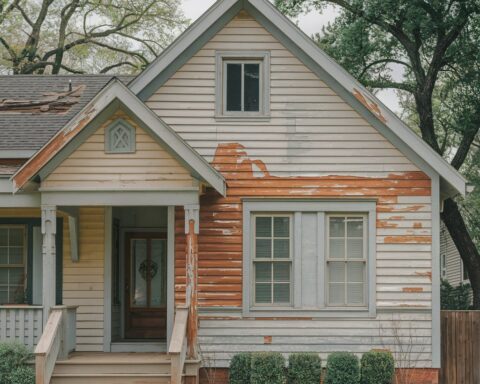Introduction to Chimney Safety and Inspections
Chimneys are essential to many homes, yet their maintenance often takes a back seat until issues become apparent—or worse, hazardous. The importance of these inspections cannot be overstated, as overlooked problems like creosote buildup can escalate dangerously, leading to chimney fires or even carbon monoxide poisoning.
These routine assessments reveal common structural issues, such as cracks or blockages, which, if left unattended, result in inefficient heating and higher energy costs. Beyond the everyday benefits, consistent inspections reflect proactive home care, ensuring the homeowner’s peace of mind and upholding the property’s value over time. Prioritizing chimney checks contributes significantly to safety and efficiency, forming a cornerstone of responsible homeownership.
The Process of Chimney Inspection
Chimney inspection is typically a three-tiered process crafted to cater to distinct needs. Regular chimney inspections are vital, for they preserve the structure’s longevity and safeguard your home against potential fire hazards. The first level, often suitable for regularly maintained chimneys, covers a basic, non-invasive, yet crucial check. It involves assessing readily accessible areas to identify any apparent issues. When there’s a change in the chimney system, like the change in fuel type, a more thorough Level 2 inspection incorporates visual scrutiny without removing or damaging building structures. It provides a greater insight into potential issues through video scanning or other methods.
Level 3 inspections are the most comprehensive and are used when hidden severe hazards are suspected. Such inspections involve dismantling certain parts of the chimney structure to access concealed spaces. Recognizing the distinction between these inspection levels helps homeowners prepare adequately and understand the extent of services they should opt for, ensuring their chimneys remain in top condition. Professional inspectors bring knowledge and tools to these inspections, ensuring no hidden danger is overlooked.
Common Chimney Issues and How to Identify Them
Identifying potential issues early is vital to maintaining a safe and effective chimney. Creosote, the residue from burned wood, is one of the primary hazards of chimneys. This substance is highly flammable, and its accumulation can lead to unexpected chimney fires. Homeowners should be vigilant for signs such as thick smoke or an unusual burning odor, often indicating excessive creosote buildup. Beyond creosote, structural issues like cracks in the masonry or flue blockages can severely impact a chimney’s function. These might present themselves as drafts or visible smoke inside the house. Addressing these issues promptly is crucial, as prolonged problems can lead to the deterioration of the entire chimney system. The Role of chimney inspections is to help early identification of potential hazards, often through professional chimney inspections, which helps mitigate further damage. Regular inspections ensure that your home heating system works efficiently and safely. Homeowners can protect their property and enhance their peace of mind by prioritizing chimney inspections.
Preventative Measures for Chimney Maintenance
Regular cleaning is imperative to maintaining a healthy and functional chimney. This practice is critical before and after heavy fireplace use during colder months. Using the correct type of wood is also essential; seasoned hardwoods are preferable as they produce less creosote than their softer, resin-rich counterparts.
The chimney is also exposed to the elements, necessitating additional preventative measures. Rain caps and other barriers can prevent water damage, a common problem. Chimney owners should remain vigilant of weather-related wear, particularly after severe storms, where wind and precipitation can exacerbate existing issues. Simple maintenance steps like these can significantly prolong your chimney’s span and save you money on future, more expensive repairs.
The Role of Technology in Chimney Inspections
Advancements in technology have revolutionized chimney inspections. Digital tools like cameras allow for detailed internal inspections without invasive methods. Inspectors can now use video scanning to traverse the length of the chimney flue, capturing real-time images that spot potential problems otherwise hidden from view.
This integration of technology into inspections enhances not only the accuracy but also the safety of the evaluation process. According to industry advancements, these tools have enabled inspectors to perform their duties with unprecedented precision and thoroughness, highlighting issues early and suggesting proactive measures. This move towards technology-driven assessments ensures a higher home safety and efficiency standard, ultimately benefiting homeowners in the long run.
Why Professional Help is Necessary
There is a significant difference between self-assessments and professional inspections. Certified chimney service providers possess the expertise to recognize surface-level and concealed threats. Their training allows them to offer comprehensive evaluations and remedies tailored to specific chimney needs.
Attempting DIY repairs might appear economical, but a lack of expertise often leads to misdiagnoses or even fabricating problems, which can culminate in costly damages down the line. Hiring professionals ensures access to seasoned knowledge and the necessary tools, saving money and preventing potentially dangerous oversight.
When to Schedule Your Chimney Inspection
The timing of chimney inspections is paramount to maintaining peak operational conditions. Annually scheduled inspections are typically recommended, especially before the onset of colder months. Homeowners ensure their systems can handle increased demand without risk by inspecting chimneys before the heavy use period.
Factors such as regional climate, fuel type, and frequency of chimney usage can further dictate more frequent inspections. Areas prone to humidity or heavy snowfall might require additional exams to account for weather-related wear and tear. Tailoring inspection schedules to fit these environmental nuances ensures optimal performance and safety throughout the year.
Safety Tips for Chimney Owners
Safety around chimneys involves routine practices in tandem with professional inspections. Key among these is maintaining a clear pathway for ventilation to mitigate any buildup of harmful gases like carbon monoxide. Regular cleaning during peak usage times can also prevent the accumulation of flammable materials.
It is crucial to be mindful of signs of distress, such as unusual odors or sounds. Homeowners should focus on safe operation practices by using their fireplaces and wood stoves correctly. Combined with professional insights, these steps form a comprehensive approach to chimney safety.
Conclusion
Chimney inspections are a fundamental aspect of home maintenance that ensures your property’s safety and efficiency. By taking proactive steps and utilizing professional services, homeowners can mitigate risks and enhance their home’s efficiency. For additional safety practices, homeowners might consider guidelines provided by the CDC on carbon monoxide and other household hazards. Thus, the attention given to chimneys translates into a safer, more secure living environment, emphasizing its importance in everyday home care.
Keep an eye for more latest news & updates on Essential Tribune!

